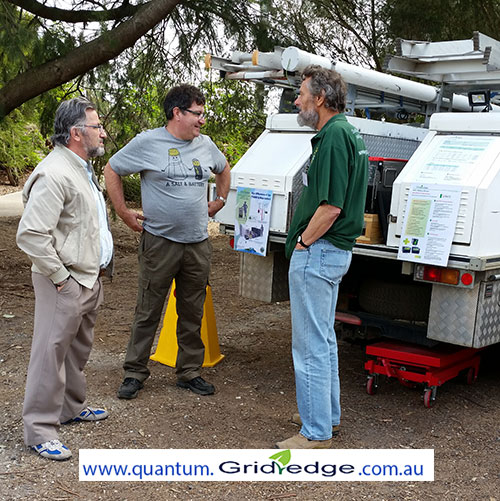Safety – No fire or explosion risk 
There is no possibility of thermal runaway because of the SoNick battery characteristics and its chemistry is basically a non-flammable common salt. Lithium ion batteries can catch fire if they get too hot. They must be kept air conditioned at all times (which adds to running costs). You can’t put water on a lithium ion fire or the battery will explode. Fire brigade currently have no means to extinguish a lithium ion battery fire.
No gas emissions
Lead acid batteries, in particular give off hydrogen and must be kept in a fireproof enclosure that will prevent any sparks from igniting the batteries. This also applies to lithium ion to a lesser extent. Redflow has the risk of a chemical spill (toxic bromine) although this is low. Continue reading “Why use a SoNick or heated salt Battery?”





